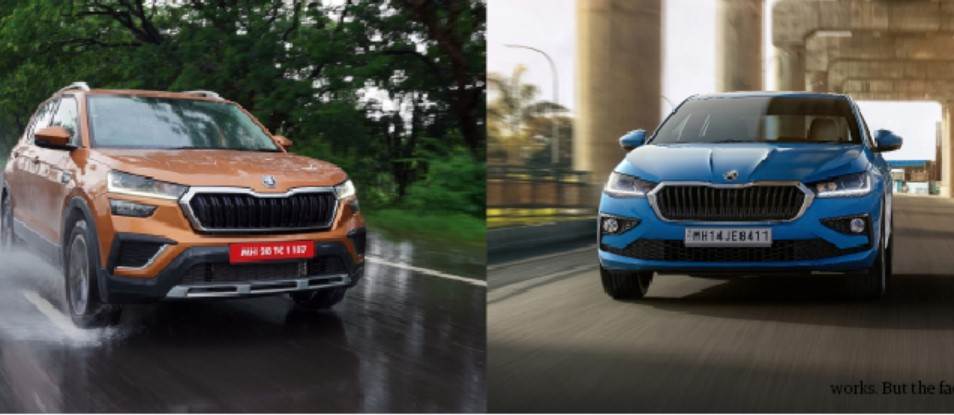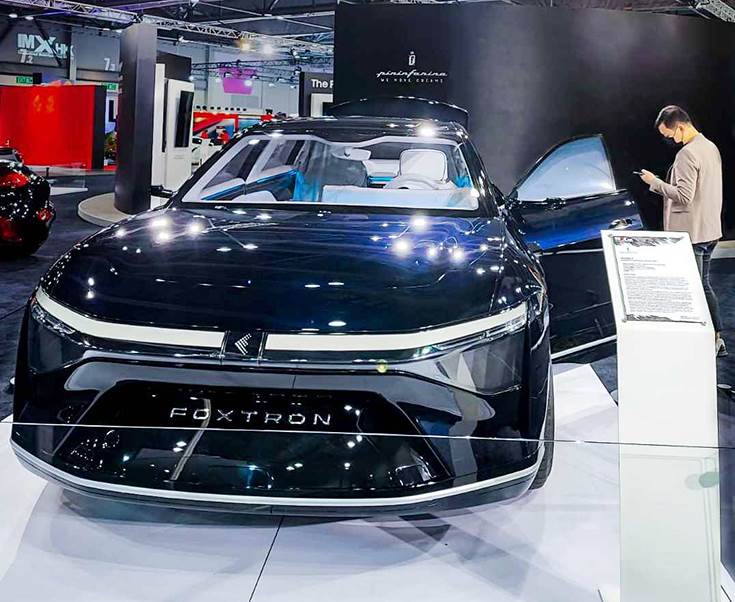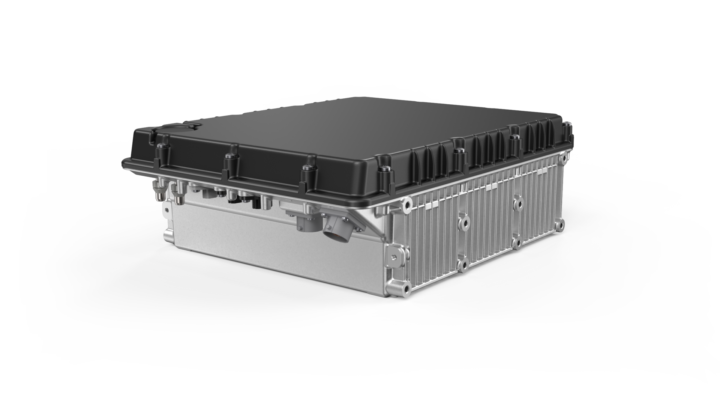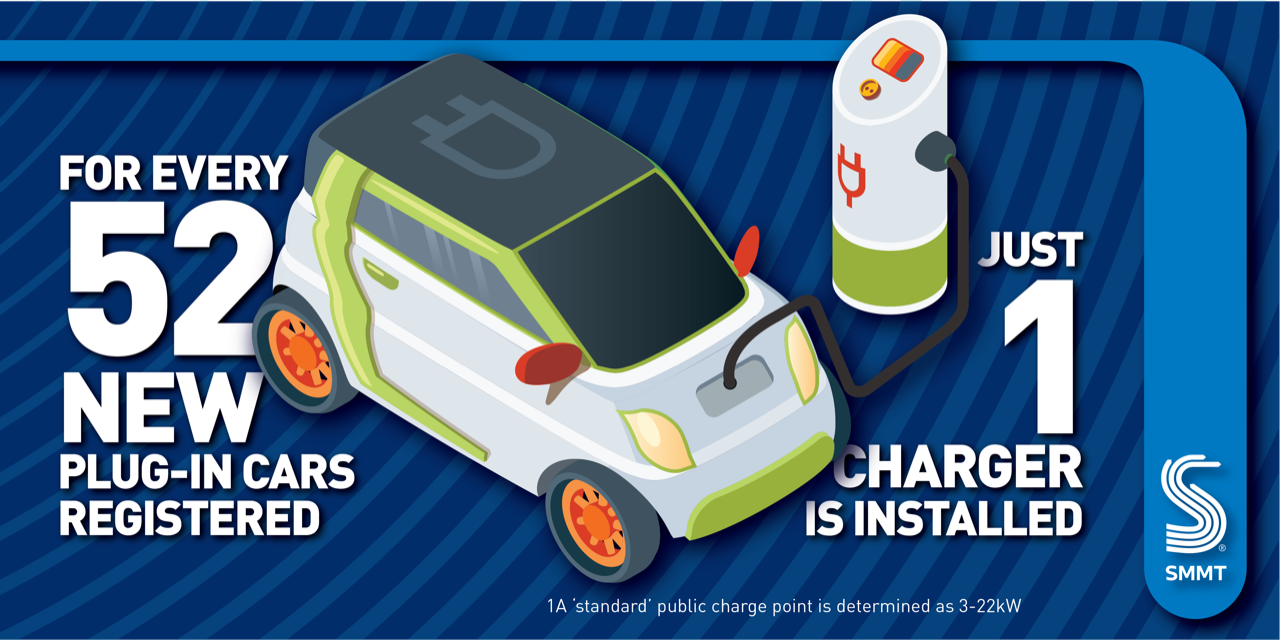Avery Dennison recently announced that its emissions reduction targets have been approved by the Science Based Targets initiative (SBTi) as consistent with levels required to meet the goals of the Paris Agreement. The targets covering greenhouse gas emissions from the company’s operations (scopes 1 and 2) are in line with reductions required to keep warming to no… Continue reading Science Based Targets initiative (SBTi) Approves Emission Reduction Targets for Industry Supplier
Tag: Strategy
Kia America Beats Annual Sales Record With One Month Left In 2021 Calendar
“Breaking the all-time annual sales record with one month left in the sales cycle is concrete proof that demand for Kia vehicles is on the rise and has been throughout the year,” said Eric Watson, vice president, sales operations, Kia America. “With the all-new Kia EV6 arriving soon and the Sportage, including hybrid and plug-in hybrid… Continue reading Kia America Beats Annual Sales Record With One Month Left In 2021 Calendar
Thomas Schafer: ‘India 2.5 is an initial idea but maybe it has a 3.0 and a 4.0’
On October 14, the Volkswagen Group gave Skoda Auto full charge for developing the Group’s existing MQB-A0 Global Platform. The move comes on the heels of Skoda’s specially adapted MQB-A0-IN platform for the Indian market. Skoda is drawing on its high level of development expertise, ability to coordinate complex Group projects and experience in entry-level… Continue reading Thomas Schafer: ‘India 2.5 is an initial idea but maybe it has a 3.0 and a 4.0’
Mercedes-Benz partners Factorial Energy to develop solid-state battery tech
L-R: Markus Schafer, Member of the Board of Management of Daimler AG and Mercedes-Benz AG and Siyu Huang, co-founder and CEO of Factorial Energy. En route towards a fully electric future, Mercedes-Benz is joining forces with US-based Factorial Energy to jointly develop next-generation battery technology with the aim of testing prototype cells as early as… Continue reading Mercedes-Benz partners Factorial Energy to develop solid-state battery tech
WM Motor Secures US$152 Million Series D2 Financing Led by Agile Group
SHANGHAI and HONG KONG, Nov. 30, 2021 /PRNewswire/ — WM Motor Holdings Limited (“WM Motor,” the “Group” or the “Company”), a dominant smart EV player in China’s mainstream market, today announced a Series D2 financing of US$152 million led by Agile Group Holdings Limited (“Agile”), an integrated conglomerate specializing in property development and management in China.… Continue reading WM Motor Secures US$152 Million Series D2 Financing Led by Agile Group
Pininfarina reveals Foxconn’s 750hp Model E with 750km range at Hong Kong MotorXpo
Italian styling studio Pininfarina has taken the covers off its new creation, the electric Model E sedan sedan for Hai Technology Group (Foxconn), at the International MotorXpo Hong Kong (IMXHK) 2021. Foxconn is a global leader in smart manufacturing and is diversifying into electric vehicles.The Model E will be on display from December 1-5 in… Continue reading Pininfarina reveals Foxconn’s 750hp Model E with 750km range at Hong Kong MotorXpo
Valmet Automotive introduces Modular Battery Platform to electrify Off-highway
Valmet Automotive introduces its own Modular Battery Platform product family with the first product, the Modular Power Pack. With this platform, Valmet Automotive offers a benchmark electrification solution to off-highway and truck & bus OEMs as well as integrators. The Modular Battery Platform provides a unique combination of performance, integration flexibility, lifetime and competitive pricing.… Continue reading Valmet Automotive introduces Modular Battery Platform to electrify Off-highway
Deals · 4:42 PM UTCVolkswagen CEO, under fire over strategy, positive over recent talksVolkswagen CEO Herbert Diess, currently under heavy fire from u…
Volkswagen CEO Herbert Diess looks on during his visit to Volkswagen’s electric car plant in Zwickau, Germany, June 23, 2021. REUTERS/Matthias Rietschel/File Photo Register now for FREE unlimited access to reuters.com Register Volkswagen CEO takes positive tone at manager meeting Supply chain easing and outlook on the up, Diess said Discussions underway to assemble ID.3… Continue reading Deals · 4:42 PM UTCVolkswagen CEO, under fire over strategy, positive over recent talksVolkswagen CEO Herbert Diess, currently under heavy fire from u…
Car charging point numbers fall behind as plug-in vehicles surge
New SMMT analysis reveals that the number of battery electric and plug-in hybrid vehicles potentially sharing a standard public charge point deteriorated from 11 to 16 vehicles per charger between 2019 and 2020.1 Only one new charger is currently being installed for every 52 new electric vehicles registered, with cars that can be plugged-in now… Continue reading Car charging point numbers fall behind as plug-in vehicles surge
Holoride debuts Ride crypto, the currency of its in-car metaverse
Holoride, the Audi-backed startup that’s creating an in-vehicle virtual reality entertainment system designed for passengers, has begun publicly selling its Ride cryptocurrency token. The launch of the crypto is the latest move by Holoride to build up its extended reality (XR) ecosystem of games and experiences created by a community of developers. Vehicle passengers keen… Continue reading Holoride debuts Ride crypto, the currency of its in-car metaverse




